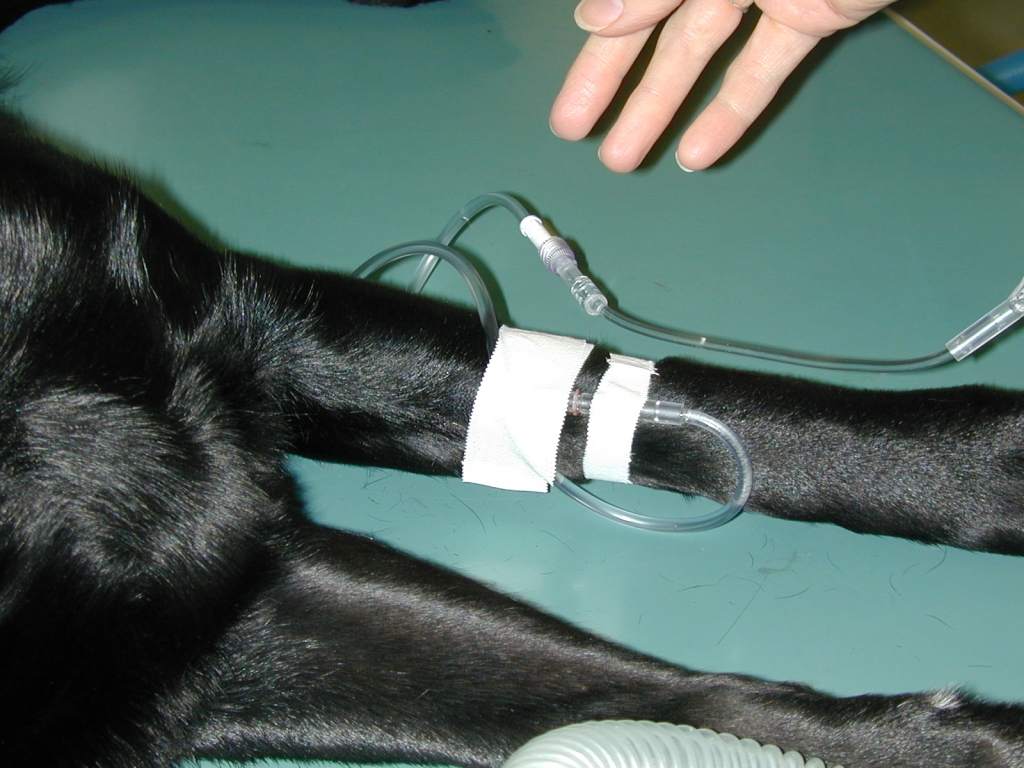#STUFFEMMETTEATS
Emmett is a 2 year old Great Pyrenees, and he is tall enough
to get to anything unattended. This can
be a pet owner’s worse nightmare. When
you have a curious puppy or young dog, there are all kinds of household hazards
you need to constantly be aware of, so we are going to use Emmett’s constant
escapades to help our pet owner’s navigate through the tricky health concerns
of all puppies and young dogs.
Episode #3 Xylitol
Xylitol is a common sugar substitute most commonly seen in
sugar free gums and toothpaste. It has
also recently been added to peanut butters, making it more widely accessible to
the canine population.
 The encounter: Your
child’s Halloween candy supply is dwindling, and really all that’s left in
there is that awful pink gum you and your children don’t really want to eat
anyways. One of your children has left
out their bag of useless candy, and now Emmett has eaten all those leftovers
your child has rejected. Now you
panic. You know your dog shouldn’t eat
sugar free gum, but how do you know if the gum was sugar free? You quickly do
an internet search of the gross pink gum that was sitting in the bottom of that
Halloween bucket, and sigh with relief, because it’s full sugar gum, and give
your dog a pat on the head for not dying today.
The encounter: Your
child’s Halloween candy supply is dwindling, and really all that’s left in
there is that awful pink gum you and your children don’t really want to eat
anyways. One of your children has left
out their bag of useless candy, and now Emmett has eaten all those leftovers
your child has rejected. Now you
panic. You know your dog shouldn’t eat
sugar free gum, but how do you know if the gum was sugar free? You quickly do
an internet search of the gross pink gum that was sitting in the bottom of that
Halloween bucket, and sigh with relief, because it’s full sugar gum, and give
your dog a pat on the head for not dying today.
The scoop:
Xylitol is a sugar substitute that is found in sugar free
chewing gums and toothpastes. Generally,
these items are less frequently ingested by pets, but recently xylitol has been
added to certain peanut butters as well.
This is a big deal, because many people use peanut butter for treats or
medicating their pets, and there are no warnings on these new peanut butters
that this is harmful for dogs. There is
also no good way to inform all pet owners of this new serious health
hazard.
 The second potential threat is Liver disease, and
essentially death of the liver cells.
Veterinarians have not quite figured out how xylitol causes this effect,
but the doses required are higher than low blood sugar symptoms. Signs also take longer to show up.
The second potential threat is Liver disease, and
essentially death of the liver cells.
Veterinarians have not quite figured out how xylitol causes this effect,
but the doses required are higher than low blood sugar symptoms. Signs also take longer to show up.
The plan:
 |
If the incident is recognized and brought to the vet’s attention quickly, than certain measures may be taken to risk fatality or serious harm from this toxin. Your veterinarian will definitely want to run baseline bloodwork to evaluate the liver, and probably continue to monitor this organ and its function. In addition, pets are treated with IV fluids, and sometimes with a sugar added into the IV fluids to reduce the effects of the low blood sugar. Liver protecting medications may also be started, depending on the dose of the xylitol ingested.
 |
| Join us in the next episode of #stuffemmetteats |



















